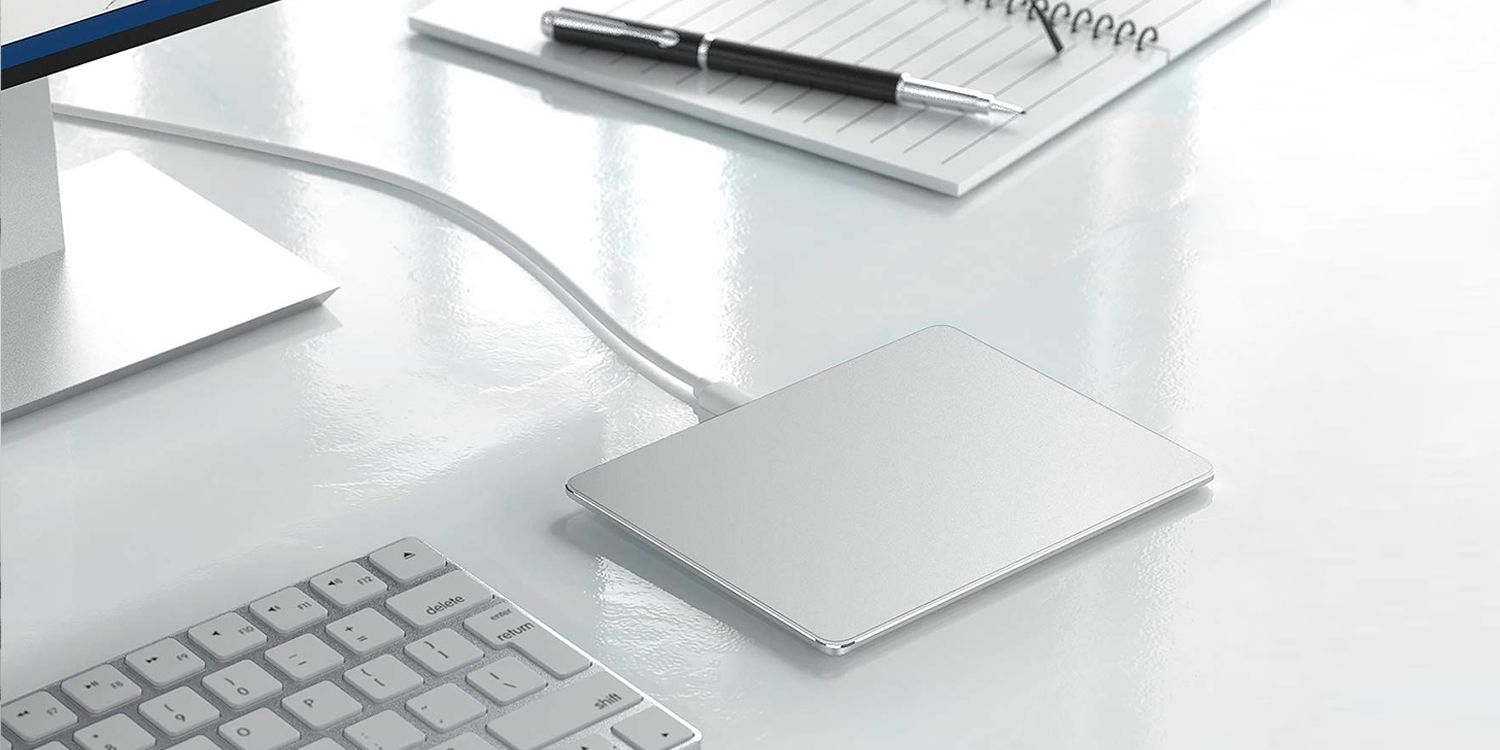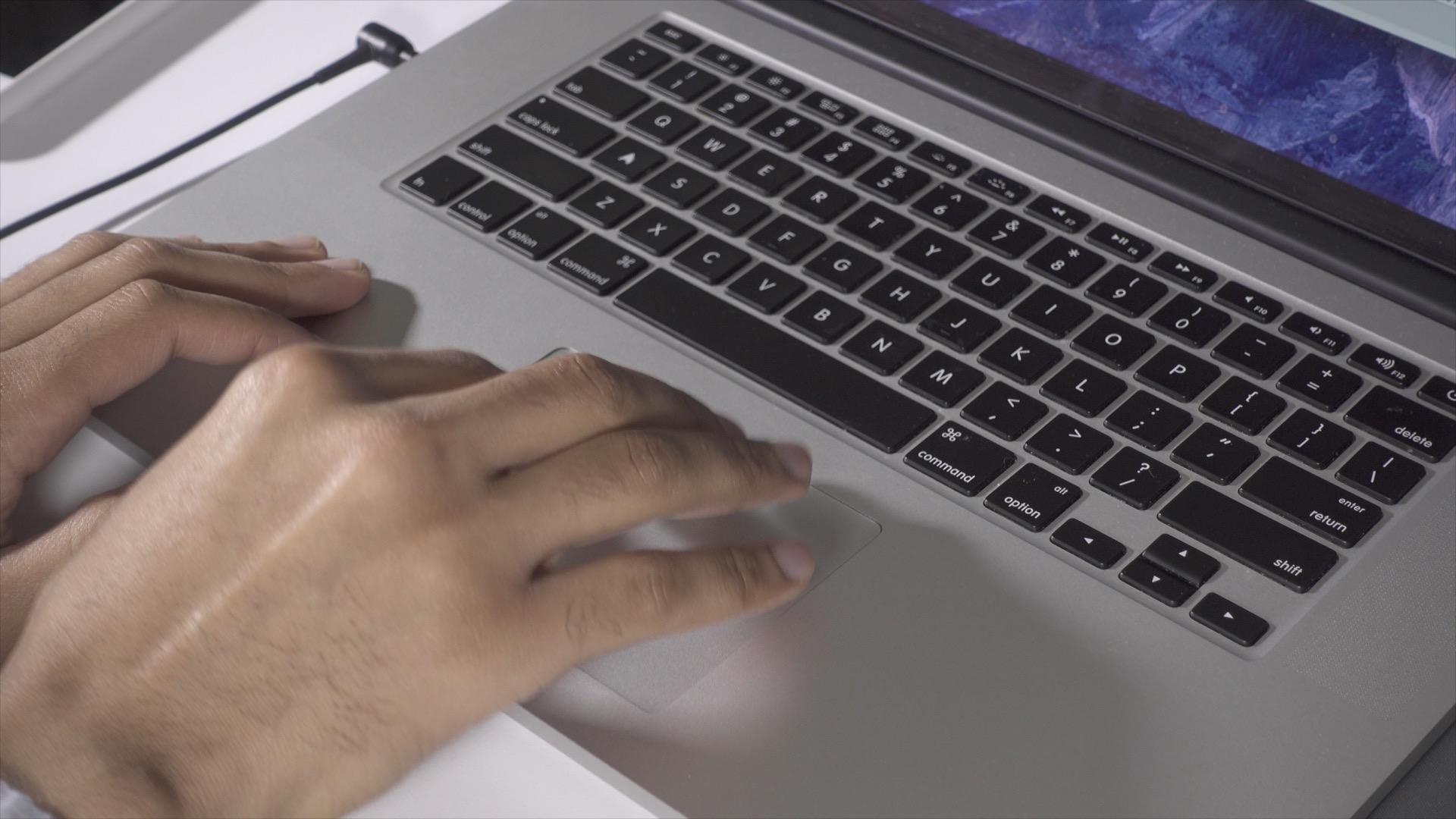Best Mac Trackpad App
Apple Magic Trackpad 2. Best Overall Trackpad. When it comes to trackpads, everything pales in comparison to the Magic Trackpad 2 from Apple. Not only is it one of the best trackpads available, but one of the very few out there available that supports macOS. The 2020 iPad Pro with Apple's Magic Trackpad 2. Screenshot by Jason Cipriani/CNET In March, Apple's iPad lineup gained a significant feature in the form of trackpad and mouse support with the.
Apple recently unveiled sweeping changes to mouse functionality in iPadOS. Starting with iPadOS 13.4 (available March 24), you'll have full cursor support when using a Bluetooth mouse or trackpad.
These features launched alongside Apple's new Magic Keyboard with Trackpad, but they will work with any compatible accessory. So, continue reading to find out how to take full advantage of these new cursor features in iOS 13.4!
First, Connect a Mouse via Bluetooth
In the previous version of iOS 13, you had to connect your mouse in the Accessibility settings. Now, in iOS 13.4, you can connect your mouse directly in Bluetooth settings. Before you try to connect your mouse, make sure it's not connected to your Mac or another device.

On your iPad, go to Settings > Bluetooth and look for your mouse. It should be at the bottom of the list. Tap on the entry for the mouse, and it should pair automatically.

Wake the iPad
Once connected, you can use your mouse to control the cursor on the screen. The mouse can wake your iPad from sleep, so merely moving it will turn on the iPad's display.
How to Use the Cursor on an iPad
The cursor appears as a circle by default and is not the arrow we are accustomed to seeing on a computer. You can use it to click around the interface in place of tapping your finger. You'll notice the cursor change as you scroll over different content.
- When your cursor is on the Home screen or the dock, you will see a circle.
- When you hover over an open document that you can edit, it will change to the familiar I-beam bar for selecting text.
- Buttons also are highlighted as you hover over them.
Clicking and Right-Clicking
Clicking the mouse works just like a tap on the screen. Use it to open apps, select menu items, and more. There's also support for right-clicking, which will open a contextual menu where available.
Accessing the Homescreen
At the bottom of the screen is a small white bar that can you click on to return to the Home screen.
Accessing the Dock
Move the mouse down to the bottom of the screen to reveal the dock. You may have to move downwards further than expected to reveal it. Also, make sure you are not hovering over the white Home screen bar
Using Control Center
Make the Control Center appear by moving the cursor to the top right corner of the screen and clicking on the status bar indicators for battery and Wi-Fi. Inside the Control Center, you can interact with the widgets and use a right-click on a widget to open a contextual menu with additional options.
View Your Notifications
To access your notifications, move the cursor to the top edge of the screen and drag upwards.
Reveal Slide Over Apps
Move the cursor to the right side of the screen to reveal the Slide Over apps. Once again, you may have to move rightwards outside the bounds of the screen.
Gestures (Mouse)
The mouse functionality in iOS also supports gestures.
- You can use your finger to scroll through a document or web page.
- Swiping left and right also works inside of apps.
- In Safari, it will move you forward and backward through your web pages, for example.
Gestures (Trackpad)
A trackpad supports all of the aforementioned features and adds support for gestures.
- You can use a two-finger scroll to move through a document or web page.
- The three-finger swipe is exceptionally versatile. You can use a three-finger swipe to the left or the right to cycle through your open applications.
- Swiping with three fingers upwards will bring you to the home screen while a three-finger pinch gesture will close the current app and open the multitasking tray.
Change Cursor Tracking Speed
The cursor tracking speed is slow by default, you can speed it up by going to the Settings app and scrolling until you see Accessibility > Pointer Control. Use the slider to adjust the speed.
If you are using a trackpad, you may also want to disable the inertia feature, which moves the cursor a bit after you have removed your fingers from the trackpad. That's a personal preference, as some people don't like this extra cursor movement.
How to Change Trackpad Settings on an iPad
If you are using a Bluetooth trackpad or Apple's new Magic Keyboard with Trackpad, there will be a new Trackpad menu inside Settings > General. Here you can change cursor speed, tap-to-click, and more.
What Is A Trackpad
How to Change the Appearance of the Cursor
Best Mac Trackpad App Shortcut
The iPad cursor appears as a small grey circle instead of the familiar arrow. You can change how it looks and behaves by going to Settings > Accessibility > Pointer Control.